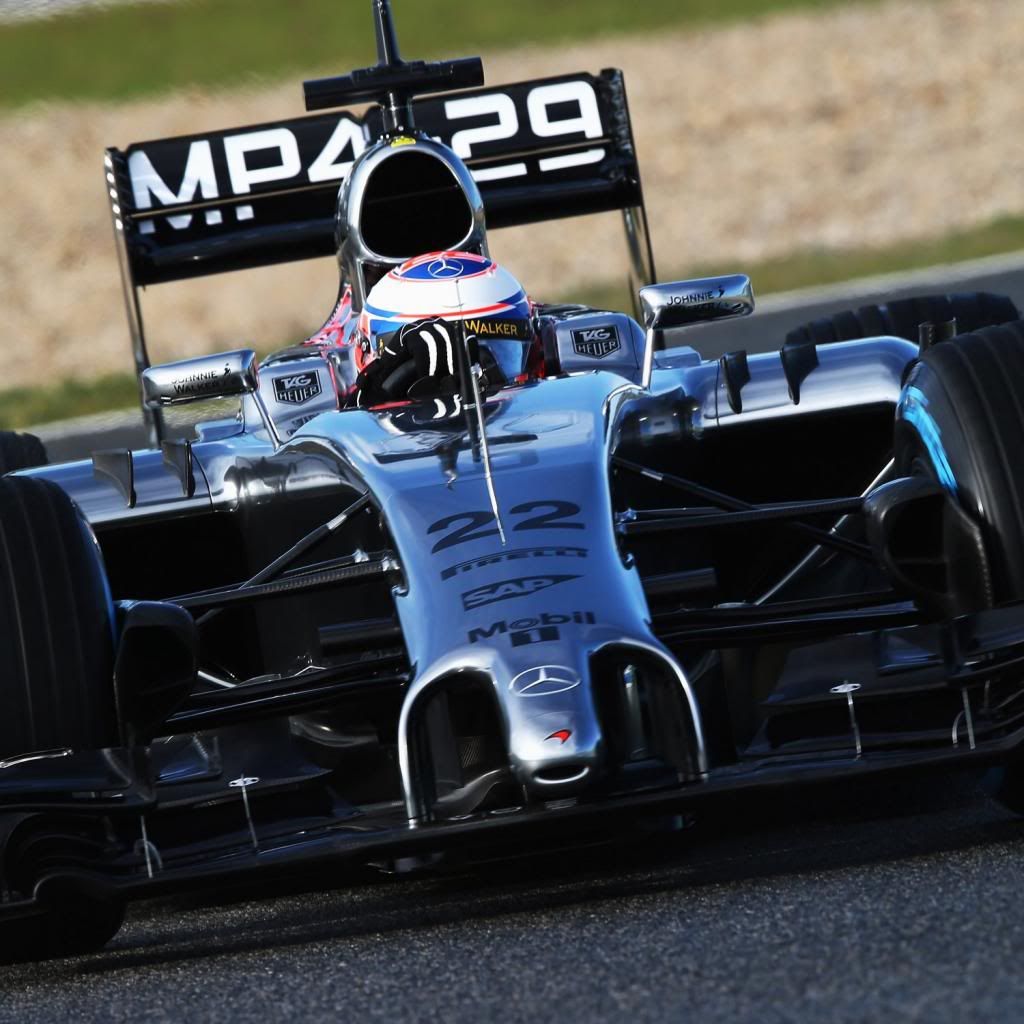- Login or Register
No account yet? Sign up


A low CoG is a basic parameter that, with track width, determines lateral weight transfer during cornering. Ballast, IMO, a less significant tuning aid dealing with factors that often have other fixes. So, as a generality, I would opt for low CoG.silente wrote:again, if you are light and you have room to put ballast in different zones of the car, you could use weight distribution as a tuning parameter.
And of course, in a similar situation you would probably at least try to put the ballast as low as possible.
Not sure I'd agree with that. CG location is pretty critical, an important element in handling. Springs and bars and kinematics and such can only at best be crutch solutions to poor mass distribution. For that reason I think it's super critical to get lightest weight possible, so you can use the most ballast and put it where it needs to be.olefud wrote:Ballast, IMO, a less significant tuning aid dealing with factors that often have other fixes..
If the ballast can and may be located to gain back the optimum CoG, that's a winner all around.Jersey Tom wrote:. For that reason I think it's super critical to get lightest weight possible, so you can use the most ballast and put it where it needs to be.
I would say that designing the chassis for minimum polar moments in pitch, roll and yaw are just as important. Another consideration is designing the chassis such that there are minimal changes in chassis dynamics as the fuel load changes. This would mean locating the mean fuel mass CofG as close to the chassis CofG as possible. Lastly, there is also the aerodynamic CofP to consider.raymondu999 wrote:This is a point of question I've been wondering for a while. When designers design a car, do they design it to have a low CofG, or do they attempt to design the "base," unballasted design as light as possible to then put the ballast down low?
Jersey Tom wrote: Not sure I'd agree with that. CG location is pretty critical, an important element in handling. Springs and bars and kinematics and such can only at best be crutch solutions to poor mass distribution.
I can't disagree with that statement, but would suggest that in low grip conditions a higher yaw inertia can make a car easier to drive at the limit. Putting it another way, "rain masters" are super-sensitive to yaw acceleration, and evidence suggests that more normal drivers can be helped by slowing down the yaw response of a vehicle.riff_raff wrote:I would say that designing the chassis for minimum polar moments in pitch, roll and yaw are just as important.
under acceleration of yaw the inertial effect 'wants' rotation around a point about which the rotational inertia is minimalolefud wrote:Not only are the low position CoG and modest polar moment of concern, but the concurrent longitudinal position of the of the CoG is important. For instance, the cantilevered engine in the Porsche 911 is often criticized relative to mid-engined designs. But the rearward Cog with a light front weight
this is accomplished with a reasonable polar moment of inertia.
Perhaps there are those concerned with ride.Tommy Cookers wrote:under acceleration of yaw the inertial effect 'wants' rotation around a point about which the rotational inertia is minimalolefud wrote:Not only are the low position CoG and modest polar moment of concern, but the concurrent longitudinal position of the of the CoG is important. For instance, the cantilevered engine in the Porsche 911 is often criticized relative to mid-engined designs. But the rearward Cog with a light front weight
this is accomplished with a reasonable polar moment of inertia.
interestingly,the 911, (Alpine-Renault) etc, configuration has on this basis less M of I than any other
(this was also found with Fiats, the rear-engined cars had less than the mid-engined X1/9)
the same must apply with pitch acceleration, but this is disadvantageous to ride ?
rear-engined cars visibly pitch (ie amplitudes are quite large) about a conspicuously rearward point ?
similarly with spinning